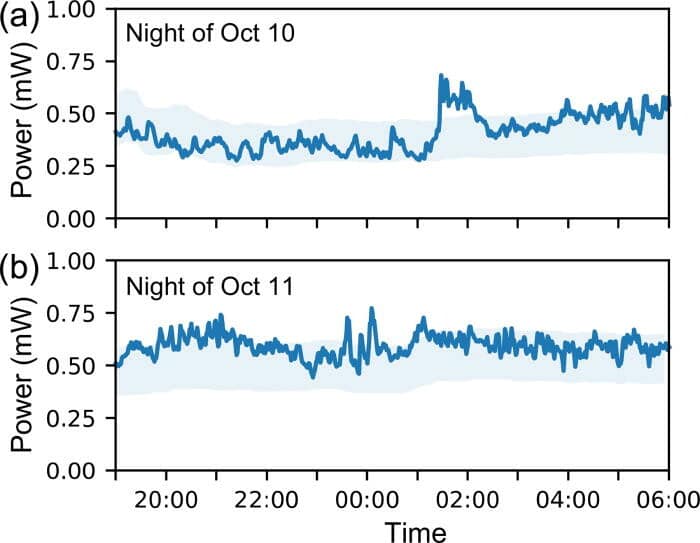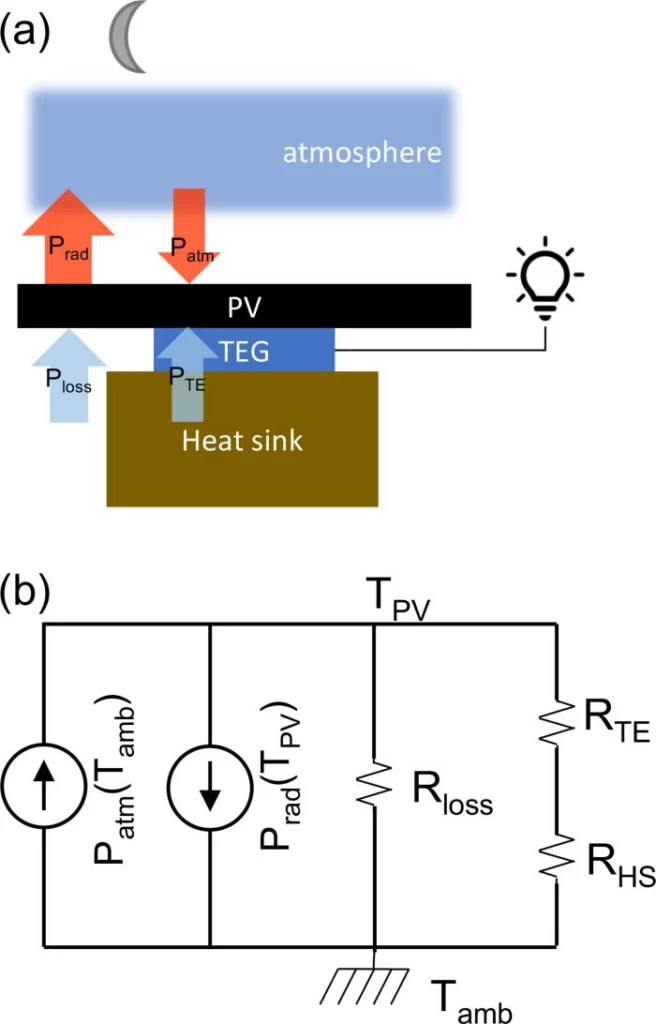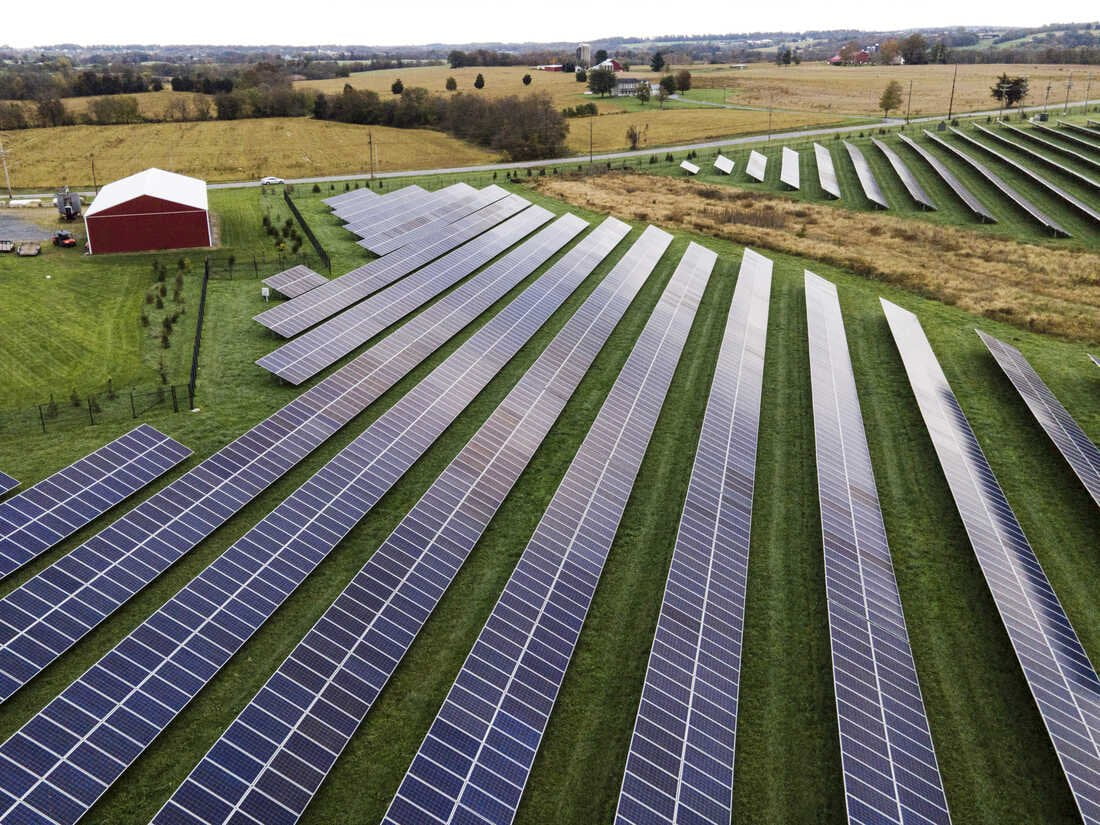A team of engineers from Stanford University has developed a solar cell that can generate electricity at night.
The timing of this study is truly exciting, given the constantly increasing number of installations and above all the need to overcome unprecedented energy crises which we will probably see in the coming months.
Solar energy even at night
The study has been published this week in the latest issue of Applied Physics Letters. In the paper, Stanford researchers say that the developed device can serve as a “continuous renewable energy source for both day and night.” The key to it all lies in a thermoelectric generator that extracts electricity from the small temperature difference between the cooler night air and the solar cell same.
“Our approach can provide lighting and nighttime standby power in off-grid and mini-grid applications, where solar cell installations are rapidly gaining popularity,” the study reads.
The mini-grid applications they refer to independent power grids. These can be used when a population is too small or too far away to extend the grid.

A virtue that has now become a necessity
The energy transition process also has dynamics that unfortunately will be negatively influenced by the geopolitical framework. However, the trend towards cleaner energies such as solar and wind does not seem reversible. Someone companies they have taken up the challenge and are moving to restructure in whole or in part their own mix of energies with which to feed themselves. This project (for now able to generate just 50 mW / m2) seems to be heading in the right direction.
More generally, in the face of global supply uncertainty, we must increase clean energy production. Above all, we must reduce (and one day, perhaps, eliminate) our dependence on other countries, whether "hostile" or "allied".

This is a great development for the solar industry and it's exciting to think about what other applications this technology will have. The best part is that it should be available to consumers in no time, at least for small applications. In the meantime, we can all continue to dream about how we would use our personal solar cell array even at night. I know I'll be counting down every day (and every night) until it hits the market.


